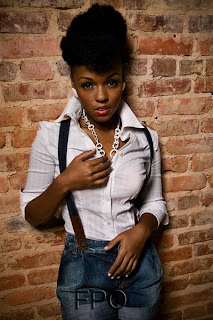
Nikon or Canon? .. its a common question that comes up when people are buying into DSLR cameras. But is one actually better than the other?
Nikon and Canon where the first two companies that really made the leap from film to digital and are probably the most popular brand of camera that people buy. They are the two who battle it out for the top spot, while Olympus, Panasonic, Song and Pentax fight each other for third position. But like any competing companies whenever there is a new release the other always tries to best it.
Looking at the this website ( http://photo.net/equipment/35mm/canon-v-nikon), you can see that both Nikon and and Canon have a variety of good and bad points depending mostly on the individual that uses the camera. The sight also gives a list of the best cameras each brand has with the best capabilities. For example it states the the Canon EOS iv is probably the best for a decent viewfinder, as alot of the others has insufficiently high eye point, thats many people who wear glasses might find uncomfortable. In comparison it states that a majority of Nikon cameras (N90 and up) are excellent for eye glass wearers.
In my personal opinion I prefer Nikon cameras. I like the look and feel of a Nikon camera more to that of a Canon camera. Since starting photography not too long ago, I can say that my Nikon camera has defiantly helped me improve my technical skills. I wont be able to give a proper review unless I switch to Canon and try that out.
At the end of the day there is no better camera, as the photographer is always going to pick what camera they like best, and what camera helps them take the best photographs.
References -
- http://www.europe-nikon.com/en_GB/
- http://www.canon.co.uk/
- http://photo.net/equipment/35mm/canon-v-nikon




















